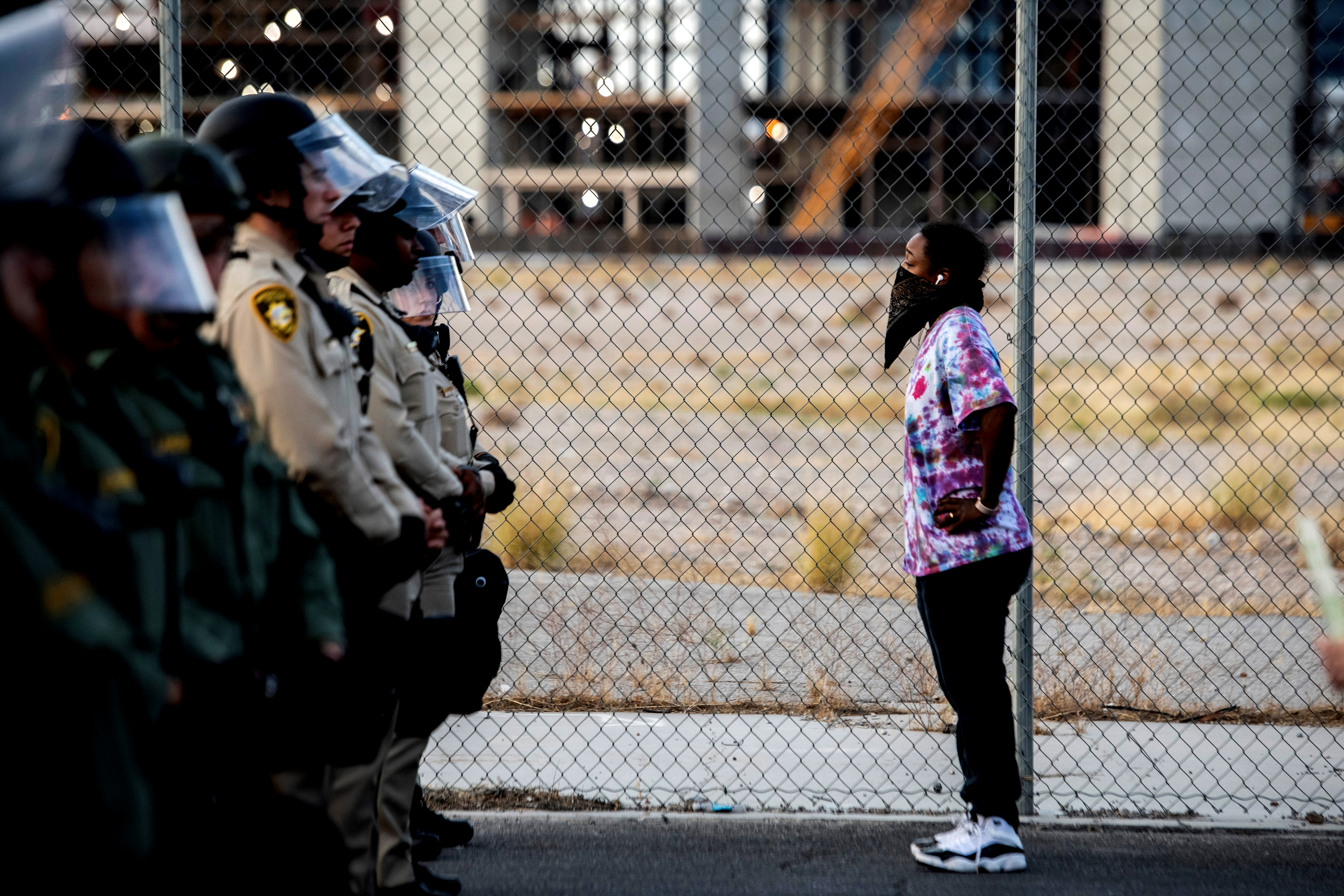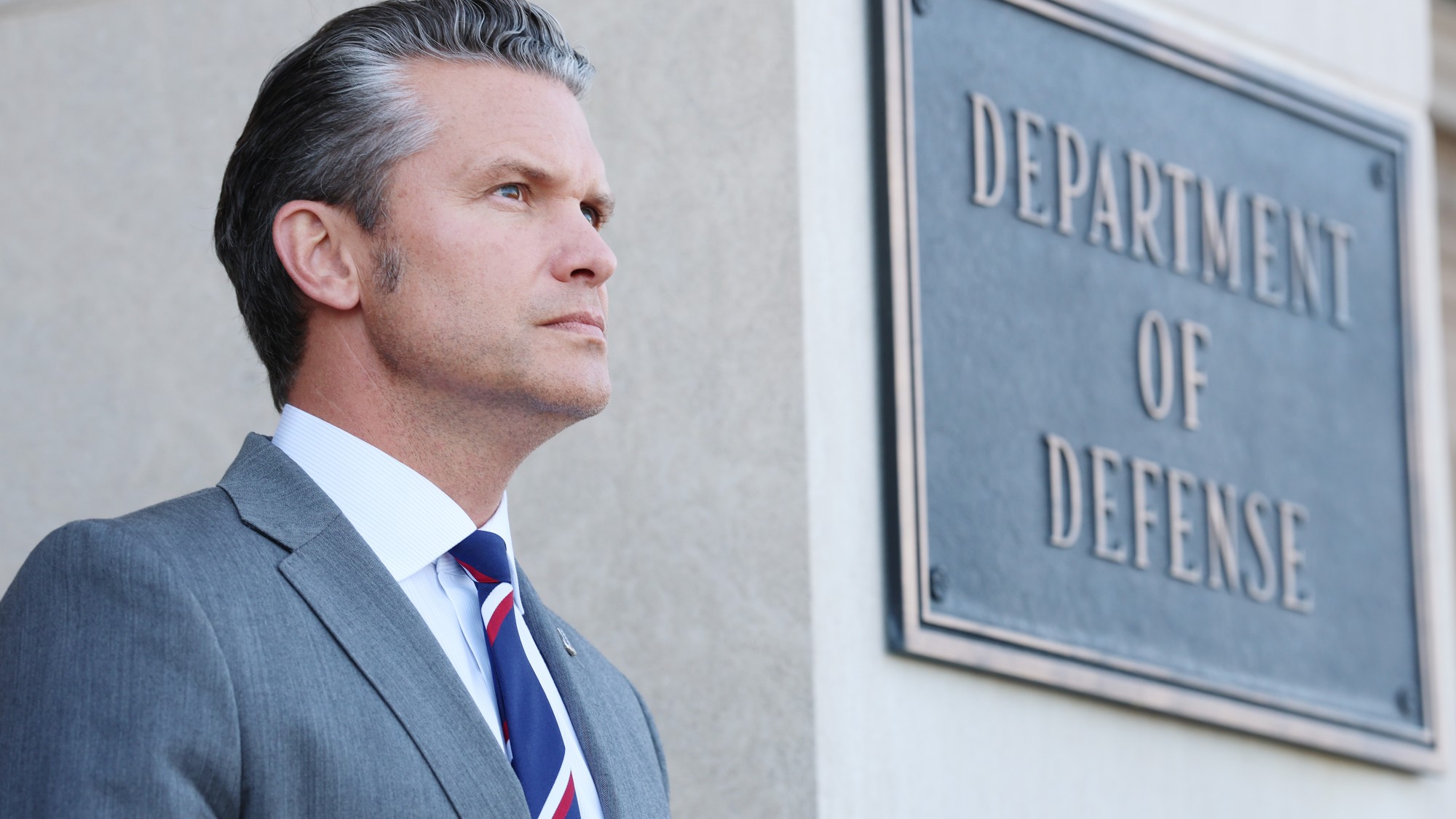After the BLM protests
Millions of Americans took to the streets last summer to demand police reform. Did anything change?

Millions of Americans took to the streets last summer to demand police reform. Did anything change? Here's everything you need to know:
What did protesters want?
A fundamental transformation of American policing. After watching the horrific video of Minneapolis police officer Derek Chauvin driving his knee into George Floyd's neck for seven minutes and 46 seconds, killing the 46-year-old Black man as three other cops stood by, an estimated 26 million Americans marched in the streets of cities and towns across the nation. The largest U.S. protest movement since the Vietnam War demanded sweeping police reform, arguing that law enforcement was militarized and systemically racist. Minneapolis had supposedly been a model of less radical reform: installing a Black police chief, requiring de-escalation training and body cameras, and implementing a system to flag misbehaving officers. But after Floyd's death, there was a widespread sense that "reform didn't work, so we have to rethink policing completely," said anti-crime expert Chuck Wexler. By mid-June, public opinion had swung dramatically in that direction, with 69 percent of U.S. adults — including 65 percent of white people — saying the criminal justice system needed "major changes" or a "complete overhaul."
The Week
Escape your echo chamber. Get the facts behind the news, plus analysis from multiple perspectives.

Sign up for The Week's Free Newsletters
From our morning news briefing to a weekly Good News Newsletter, get the best of The Week delivered directly to your inbox.
From our morning news briefing to a weekly Good News Newsletter, get the best of The Week delivered directly to your inbox.
What was actually done?
Denver, St. Louis, and three other cities enacted all "8 Can't Wait" reforms endorsed by the activist group Campaign Zero, including requiring officers to attempt de-escalation and issue a warning before firing their weapon. Most cities and states, however, reformed around the edges. Philadelphia, Phoenix, and 30 of the other 65 largest U.S. police departments barred officers from using chokeholds or other neck restraints. Twenty-one cities, including Atlanta, San Diego, and Dallas, required officers to intervene if a colleague used excessive force. Seattle and Philadelphia outlawed the use of tear gas for crowd control, while Denver and Washington, D.C., barred police from indiscriminately firing rubber bullets at demonstrators. Louisville banned the kind of "no-knock" search warrant that led to the fatal shooting of Breonna Taylor last March, and Houston prohibited officers from kneeling on a suspect's neck. Albuquerque and Olympia, Washington, tasked civilian "crisis responders" with defusing nonviolent situations called in to 911. Many communities also took steps to hold police officers more accountable for their behavior with civilians.
In what way?
California required a prosecutor in its state attorney general's office to investigate every police shooting that resulted in the death of an unarmed civilian. New York state created a special prosecutors' unit to probe deaths resulting from encounters with police. Massachusetts and New York state revoked qualified immunity, which shields government employees from civil lawsuits for on-the-job behavior. New York also required police departments to disclose alleged officer misconduct, and Denver mandated that officers report every time they point a firearm at someone. Connecticut joined several states in broadening requirements for body cameras. A swath of cities, from San Francisco to Pittsburgh, created independent police oversight commissions.
A free daily email with the biggest news stories of the day – and the best features from TheWeek.com
Why did some proposals fizzle?
Legislation encountered fierce resistance. In June, House Democrats passed the George Floyd Justice in Policing Act, which would have required federal police officers to wear body cameras, barred chokeholds, and restricted distribution of military gear to police departments. The bill was dead on arrival in the GOP-controlled Senate, with Republicans saying it would "cripple our police force and put the safety of Americans at risk." Even California's overwhelmingly Democratic legislature couldn't agree on a law restricting how police use deadly force. Powerful police unions fought virtually every proposed change, and over time, public attention and support waned. From last June to September, support for the Black Lives Matter movement dropped 10 percent, according to the Pew Research Center. That drop came when some protests led to an eruption of violence, arson, and looting, with an estimated $1 billion to $2 billion in damage to property. In Minnesota's Twin Cities, at least 1,500 businesses were vandalized, and in Kenosha, Wisconsin, where protests broke out after the August police shooting of Jacob Blake, more than 35 small businesses were destroyed.
Has reform helped?
There are glimmers of progress. Police misconduct complaints in Baltimore, for example, dropped 40 percent last year, after the department adopted less aggressive tactics. But last year there were still 1,004 fatal police shootings in the U.S., five more than in 2019, and Black people continued to be killed at disproportionate rates. Derrick Johnson, president and CEO of the NAACP, said the major issues remain. "We need to evaluate the culture of police departments," he said. "We need to look at the conduct of problematic police officers, and we need to ensure that training police officers entails de-escalation tactics."
Defunding the police
Far-left calls to "defund the police" created massive headaches for Democratic candidates in the 2020 election, but few departments actually saw budget cuts. In fact, law enforcement spending as a share of general costs in the 50 largest U.S. cities actually ticked up this year. Some cities did make cuts: Portland, Oregon, slashed police funding by 6 percent, inciting more than 100 days of violent protests from activists who deemed the $15 million cut insufficient. Austin cut $150 million from its $434 million police budget, San Francisco diverted $60 million from police funding toward low-income health programs, and Los Angeles reallocated $150 million from the police toward programs supporting people of color. New York City cut $1 billion from its $6 billion police budget, removing homeless monitoring and school protection from the department's purview. In Minneapolis, the city council voted to trim the department's 2021 budget by $8 million and redirect those funds to mental-health and violence-prevention initiatives. But the cuts won't cost any of the city's 888 officers their jobs, and amid a nearly 25 percent increase in violent crime in the city last year, the department remains widely mistrusted. A survey of city residents found that 75 percent of Black respondents said they still do not believe officers are held accountable for misconduct. The Minneapolis PD, the survey concluded, "does not respect the community ... is racist, rude, lacks compassion, and uses excessive force that has resulted in general mistrust."
This article was first published in the latest issue of The Week magazine. If you want to read more like it, you can try six risk-free issues of the magazine here.
-
 How the War Department became the Department of Defense – and back again
How the War Department became the Department of Defense – and back againIn Depth In 1947 President Harry Truman restructured the US military establishment, breaking with naming tradition
-
 Codeword: December 8, 2025
Codeword: December 8, 2025The daily codeword puzzle from The Week
-
 Sudoku medium: December 8, 2025
Sudoku medium: December 8, 2025The daily medium sudoku puzzle from The Week
-
 Has Zohran Mamdani shown the Democrats how to win again?
Has Zohran Mamdani shown the Democrats how to win again?Today’s Big Question New York City mayoral election touted as victory for left-wing populists but moderate centrist wins elsewhere present more complex path for Democratic Party
-
 Millions turn out for anti-Trump ‘No Kings’ rallies
Millions turn out for anti-Trump ‘No Kings’ ralliesSpeed Read An estimated 7 million people participated, 2 million more than at the first ‘No Kings’ protest in June
-
 Ghislaine Maxwell: angling for a Trump pardon
Ghislaine Maxwell: angling for a Trump pardonTalking Point Convicted sex trafficker's testimony could shed new light on president's links to Jeffrey Epstein
-
 The last words and final moments of 40 presidents
The last words and final moments of 40 presidentsThe Explainer Some are eloquent quotes worthy of the holders of the highest office in the nation, and others... aren't
-
 The JFK files: the truth at last?
The JFK files: the truth at last?In The Spotlight More than 64,000 previously classified documents relating the 1963 assassination of John F. Kennedy have been released by the Trump administration
-
 'Seriously, not literally': how should the world take Donald Trump?
'Seriously, not literally': how should the world take Donald Trump?Today's big question White House rhetoric and reality look likely to become increasingly blurred
-
 Will Trump's 'madman' strategy pay off?
Will Trump's 'madman' strategy pay off?Today's Big Question Incoming US president likes to seem unpredictable but, this time round, world leaders could be wise to his playbook
-
 Democrats vs. Republicans: who are US billionaires backing?
Democrats vs. Republicans: who are US billionaires backing?The Explainer Younger tech titans join 'boys' club throwing money and support' behind President Trump, while older plutocrats quietly rebuke new administration